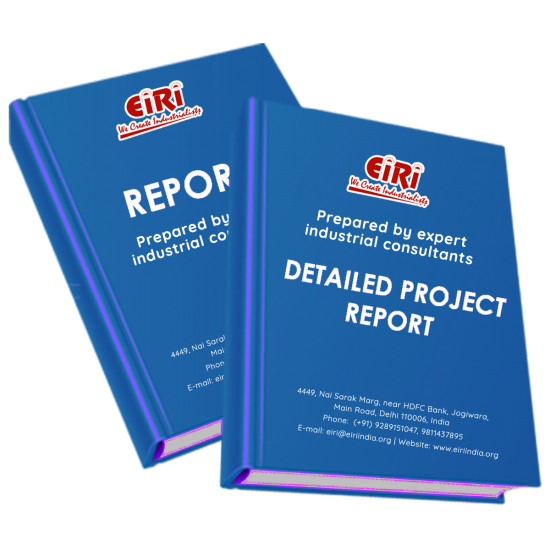CRUDE RICE BRAN OIL (SOLVENT EXTRACTION PROCESS)
The project report includes Present Market Position and Expected Future Demand, Market Size, Statistics, Trends, SWOT Analysis and Forecasts. Report provides a comprehensive analysis from industry covering detailed reporting and evaluates the position of the industry by providing insights to the SWOT analysis of the industry.
We can prepare PROJECT REPORT as per your INVESTMENT PLAN for BANK LOAN REQUIREMENT and INDUSTRY ANALYSIS. All reports are prepared by highly qualified consultants and verified by a panel of experts.
Have Query? Click Here to Chat
Industry Expert is Online, Chat with him for more detail.

During the polishing process of the rice, a unique vegetable oil rich in antioxidants produced from the outer layer of rice is what we called Rice bran oil (RBO). The studies around the globe have confirmed the cholesterol lowering properties due to presence of unique nutraceutical in this oil known as oryzanol & tocotrienols. The crude rice bran oil is mainly composed of glycerides (80%) while phospholipids, glycolipids, free fatty acids and waxes are also present in less quantity. RBO is extensively used as premium edible oil in most of the Asian countries. Rice Bran contains around 20-22 Wt% oil depending on the Rice variety and the milling process utilized.
India is the second largest producer of Rice in the world. Our current production is in excess of 100 Million Tons. In India Paddy occupies the first place among all crops both in Area and Production. The crop occupies about 37% of the total cropped area and 44% of total production of food grains in India. West Bengal has the highest area under Rice Cultivation followed by AP. Punjab with a much smaller area under Rice has the highest yield.
Modern Milling process, like par boiling of the paddy, can deactivate the lipolytic enzyme and ensure oil quality in Bran does not deteriorate. Further, having extraction plants in close proximity also helps. It is worth noting that the quality of Oil once it is extracted does not deteriorate.
Rice bran oil is known as the healthiest oil on the world. It contains vitamins, antioxidants, nutrients and is trans-fat free. It can help lower cholesterol, fight blood diseases and enhance the immune system.
Rice Bran oil can be used to fry, sauté salad dressing, baking and wherever we use cooking oil. Rice bran oil has best balance of saturated, monounsaturated, and polyunsaturated fat as recommended by the World Health Organization.
Rice bran oil has a very high smoke (burn) point, making it perfect for deep frying, pan or stir frying and is a premium choice for the replacement of hydrogenated oil containing trans-fat now being used in deep fryers.
RBO unsaponifiables fraction is rich in vitamin E complex, tocopherols and tocotrienols, a unique antioxidant known as gamma oryzanol, high quantities of phytosterols, polyphenols and squalene. RBO has a very good shelf life compared to other cooking oils because of these antioxidants. These compounds are nutritionally very valuable and it has been shown to be responsible for the hypercholesterolemic effect. Hence, RBO not only has a good fatty acid profile, but also is a rich source of antioxidants and micronutrients.
RBO in the diet significantly reduces LDL cholesterol and triglycerides; it increases HDL cholesterol (good cholesterol), inhibits platelet aggregation and prevents cardiovascular diseases. Clinical studies from Japan, India and the USA have confirmed these results and named RBO as “Health Oil”. In every 1% reduction in cholesterol, there was a 2% decrease in the risk of coronary heart disease. Thus RBO in the diet significantly reduces cholesterol without any side effects.
It is intended to prepare a Feasibility Report to install 30000 Tons/Year Rice Bran Processing facility as a Green Field Project for the production of Crude Rice Bran Oil and Rice bran Deoiled Cake as by product..



